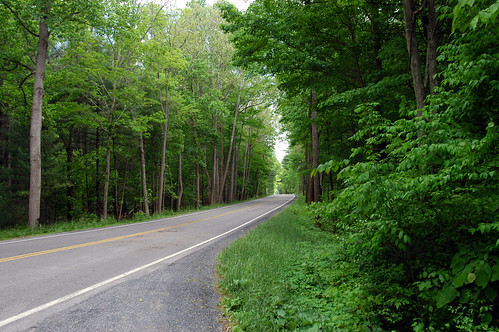Your fight against unwanted squirrel residents doesn’t end with their removal. It only half finish. The other half is to make sure they don’t return. Quick and thorough follow-up measures are crucial and if not properly done, these furry creatures might be back sooner than you think. This piece unveils essential after-removal protocols every homeowner should apply to make sure pesky squirrels don’t find their way back into your property. So, let’s dive in.
Inspect for impending Signs
Once the professional squirrel removal process ends, your first assignment is to inspect your property for signs of reappearance. Squirrels are pretty stubborn and strategic. They often leave paths that allow them an easy return. Take your time and walk around your home, paying special attention to your attic and garden. Look out for fresh droppings, gnawed out wires, wall gnashes, or any new nest. Also, keep an ear for squeaking or scuffling sounds. If you notice such signs, take appropriate action by contacting a wildlife control professional.
Clean and Repair the Affected Areas
Squirrels are known carriers of diseases such as leptospirosis and salmonella, which they can spread through their urine, droppings, and nesting materials. Therefore, cleaning the invaded spots is integral in ensuring your family’s health. Exercise caution during this cleanup. Wear gloves and masks, using a 10% bleach solution to saturate the material before removal. Bag the material and dispose of it properly. If necessary, replace insulation or decontaminate the area with enzyme-based cleaners.
Besides cleaning, repair any damage these unwelcomed guests might have caused. They could have gnawed on wires, torn insulation, or damaged parts of the house. Some of these damages might require professional help, while others could be simple DIY tasks. By repairing these damages promptly, you’ll reduce the chances of future invasions. If a squirrel can’t find a way back into your home, it would be forced to seek shelter elsewhere.
Prevent Recurrence
Your duty doesn’t end at cleaning and repairing the affected areas. You must also tighten up your home to prevent future infestations. Start by sealing all entry points. Squirrels can squeeze themselves into tiny holes, so make sure you cover every potential entrance. Use a strong material like steel mesh or metal flashing as squirrels can easily chew wood and plastic.
Keep your garden and landscape free from anything that could provide them with food or shelter. Keep tree branches trimmed and away from the house, clean up fallen fruits and berries, and keep pet food out of their reach.
Using repellents also works for some homeowners. These could be natural remedies like cayenne pepper or commercial repellents sold at stores. However, repellents aren’t typically a long-term solution, but they can help in the initial stages of deterring squirrels away from your property.
Professional Help
The best way to ensure a complete follow-up after squirrel removal is by hiring experienced professionals. They have the expertise and equipment necessary for detecting signs of a possible return, repairing damages, cleaning up affected areas, and taking preventive measures. When you hire professionals for the job, you’re saving yourself precious time, potential danger, and the worrying odds of a resurgence.
So, there you have it. Taking these measures after removing squirrels from your property can save you from a sudden unwanted return. Squirrels are natural foragers who continuously look for food and shelter. If you deny them access to these necessities in your home by doing a proper follow up after removal, you help keep them in their natural habitats, which is where they truly belong.
George Washington National Forest
By D.Clow – Maryland on 2006-05-27 13:55:09
